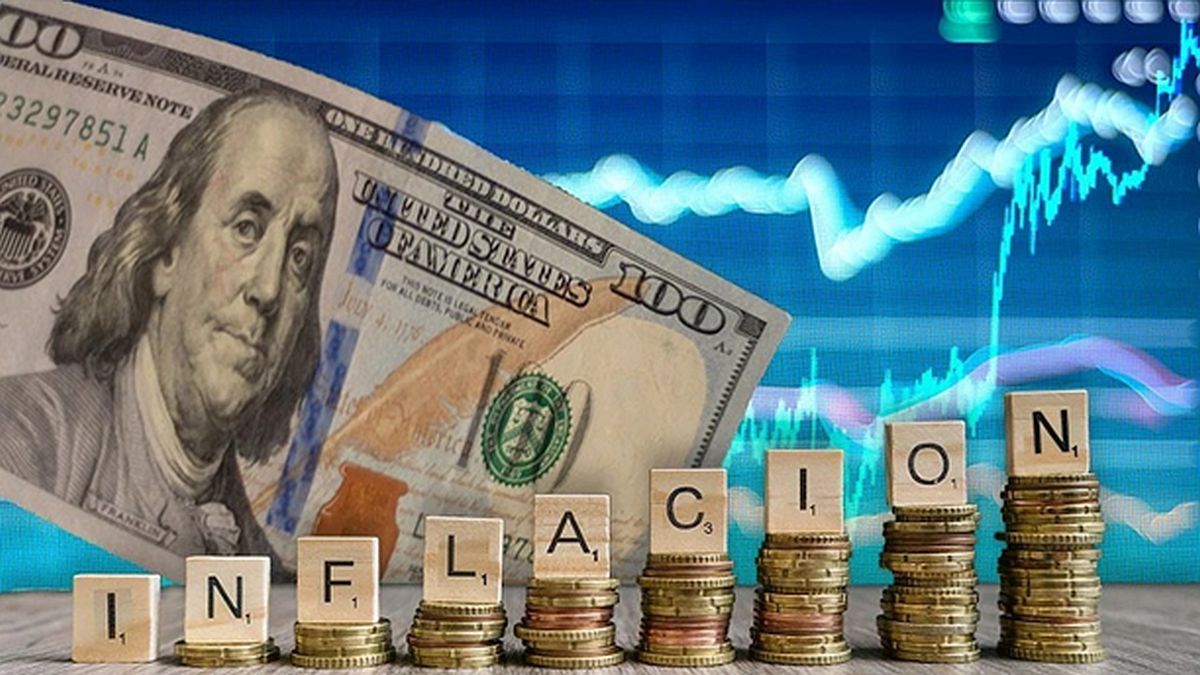October tax revenues offer a mixed picture. Total real tax collection showed a decrease of (-0.4%) month-on-month, after the strong rebound of 7.7% in September. Despite a growth of 10.5% since the March lows, collections still remain 8.8% below the levels observed in the first 2 years of Mauricio Macri. This slight rebound is largely due to temporary and extraordinary income, such as the “PAIS tax” and income from (phase 1 of money laundering), which together represent only 1.3% of GDP to date.
For example, the “COUNTRY TAX” experienced a 2.6% month-on-month rebound in October, after a 44.7% drop in September. On a year-on-year basis, this tax has increased by 135%, but it is a temporary measure that will be eliminated in December. On the other hand, tax laundering has contributed additional income, but it is also a short-term solution that does not guarantee sustainability.
The CPI figure was 2.7% (37.67% annualized), and indicates monthly inflation slowing from 3.5% in September. This could be interpreted as a positive trend, but should be approached with caution: CABA’s CPI, for example, was 3.2% in October, also showing a slowdown. However, these improvements respond to seasonal factors and specific regulations, without a solid economic base that guarantees their continuity.
Food inflation, one of the most sensitive sectors, has shown the greatest slowdown since July 2020, standing at 1.7% month on month. However, fresh vegetables and fruits have seen significant rebounds, indicating that the reduction in the cost of living is, to a large extent, unstable and vulnerable to external and climatic factors.
In this context, a recurring question arises again from this column: Will Argentina be able to maintain its fiscal recovery in 2025without the extraordinary income from the “PAIS Tax” and other temporary measures?
Although projections suggest that economic activity could pick up, in line with a slight increase in GDP (“ceteris paribus”), the elimination of these temporary taxes and the lack of sustainable growth put the draconian fiscal adjustment at risk. Without debt restructuring and more effective investment promotion, tax collections could experience a significant drop, increasing the deficit and further weakening the economy.
The imminence 2025
Next year, in the month of October, the midterm election arrives. We know that the Government wants to consolidate a majority in Congress, and is aware that a deep recession and inflation that exceeds 35% would not contribute. If this situation continues, the outlook for 2025 seems complex. The lack of sustainable growth, a tax system dependent on transitory measures and the inability to lower inflation to one digit, predict a scenario of turbulence. It is imperative that the Government pay off the electoral debt by eliminating exchange restrictions, promoting a consistent monetary and fiscal policy, in an economic environment that allows for a genuine recovery.
Citizen efforts have been admirable, but much more than good will is needed to withstand the deterioration of current purchasing power. Without fundamental changes, the collective effort could be diluted, the weak collection resulting from the recession and the potential financial volatility, put the social and economic stability of the country at risk.
This analysis serves as a call to action for those who design and execute economic policies. Otherwise, Argentine society could become fatigued from so much adjustment, thus we would have a 2025 marked by uncertainty and discontent, with effects on the economy and the well-being of all.
Exogenous risks
Donald Trump won, Argentina’s economic stability not only depends on internal factors, but is exposed to external events and decisions that can amplify the country’s vulnerability. The uncertainty surrounding the protectionist policy of the United States, a safe return to “trade war with China”, The general monetary and economic policy of the United States, especially in a decisive post-election context, could bring unwanted effects that Argentina is not prepared to resist.
Most current projections have assumed a scenario of continuity in the policies of the main central banks. This implies pure disinflation that would drive policy interest rates toward neutral levels, accompanied by a return of inflation to the 2% target in advanced economies. However, this perspective has been questioned. Factors such as robust growth in the services sector and rising wages keep core inflation rigid, close to 3%. This persistence could prevent central banks from relaxing their policies in the short term.
If this restrictive scenario continues, Argentina, with a high level of debt in dollars, could face serious difficulties. A context like the current one, with high rates at a global level, implies a high burden on the fragile payment system. Furthermore, the symmetry between the monetary policies of the US (dollar appreciation) and Argentina (peso appreciation) would mean new pressures that add to Brazil’s competitive devaluation.
As global policy synchronization and inflation impulses ease, notable differences between countries in demand and supply are emerging. The Fed expresses an optimistic view of disinflation, noting that the US labor market is not generating significant inflationary pressures. However, persistent service inflation and wage increases make this position uncertain and subject to review.
For Argentina, the context: “We are friends of Trump” is a double-edged sword. Argentina depends on China in a way that the US could not replace.
On the other hand, higher than expected inflation in the US would put upward pressure on international interest rates, raising the cost of external financing and the risk of eventual default. “exchange of debt in pesos for debt in dollars.”
Remember, given the Argentine fiscal deficit that is capitalized month after month, this dependence on increasing debt, with a more restrictive monetary policy in the US, would translate into an increase in the cost of debt. An appreciation of the dollar would generate exchange rate pressures and this, in turn, would generate greater challenges to contain domestic inflation.
Although Argentine economic policy is in an adjustment phase and society is making sacrifices to contain inflation, the international environment poses additional risks that may aggravate the situation.
Monetary policy decisions in the US and differences in economic performance between countries pose a risk of exogenous shock that Argentina is not prepared to absorb. If what is foreseen happens, 2025 could bring turbulence marked by inflationary pressures, exchange rate volatility and a growing risk of default. The Argentine economy must not only face its internal challenges, but must also prepare to resist the impacts of a changing global economy.
Director of Esperanza Foundation. https://fundacionesperanza.com.ar/ UBA Postgraduate Professor and Master’s Degrees at private universities. Master in International Economic Policy, Doctor in Political Science, author of 6 books
Source: Ambito
I am Pierce Boyd, a driven and ambitious professional working in the news industry. I have been writing for 24 Hours Worlds for over five years, specializing in sports section coverage. During my tenure at the publication, I have built an impressive portfolio of articles that has earned me a reputation as an experienced journalist and content creator.




